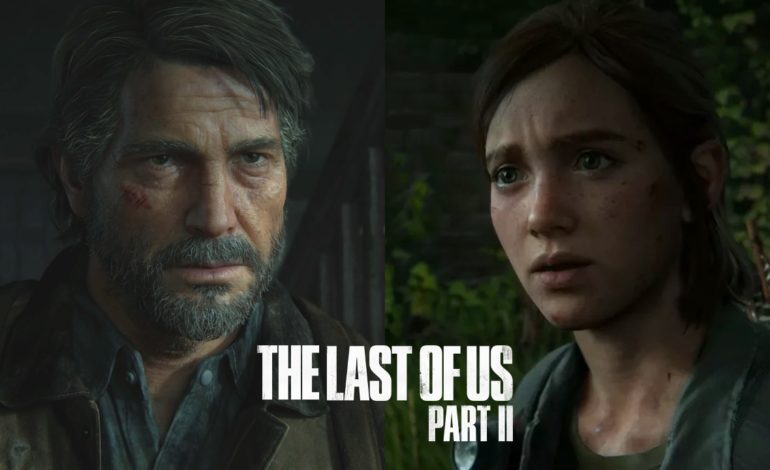

By now, many people have likely played through Naughty Dog’s sequel to The Last Of Us, The Last Of Us Part II, for those who haven’t though, spoiler warning ahead. In a recent podcast interview with creative director for The Last Of Us Part II, Neil Druckmann, and narrative lead Halley Gross, they revealed what the final moments of the game were initially supposed to be like. While most players are familiar with the current ending in which Ellie saves Abby, fights her within an inch of her life, almost drowns her, but at the last second lets go, the podcast revealed the fact that the ending changed midway through production and that initially, it was going to be far darker.
In the original ending, Ellie was going to succeed at her goal of vengeance and kill Abby, relinquishing the last of her humanity in the process. According to Halley Gross, “We did a lot of iterations on what that last act looked like, but the final beat was that Ellie would kill Abby.” She then goes on to explain that in the middle of production, they changed the ending to show that “some little part of the old Ellie, the Ellie with humanity, the Ellie that is impacted by Joel, still exists inside of this character who has been so overtaken by her quest for revenge.”
The podcast also reveals that this change occurred during the discussion of Lev and Yara’s fates, as initially, there were numerous narrative directions they could go in, with both of them dying or surviving. Eventually, it was decided that Lev would survive, which set off a chain of events, resulting in a change in the ending. Druckmann even addressed the controversy over the ending stating that “Letting Abby live felt wrong thematically initially.” He then continued by stating that although it was thematically wrong, it”felt more honest for the character.” Druckmann stated that the main focus in his character’s fates when interacting with the overall narrative was prioritizing honest portrayals of the characters, stating that “There’s certain things we are trying to hit but they can only work if we’re consistent with the character we’re writing.”
Play games, take surveys and take advantage of special offers to help support mxdwn. Every dollar helps keep the content you love coming every single day.
